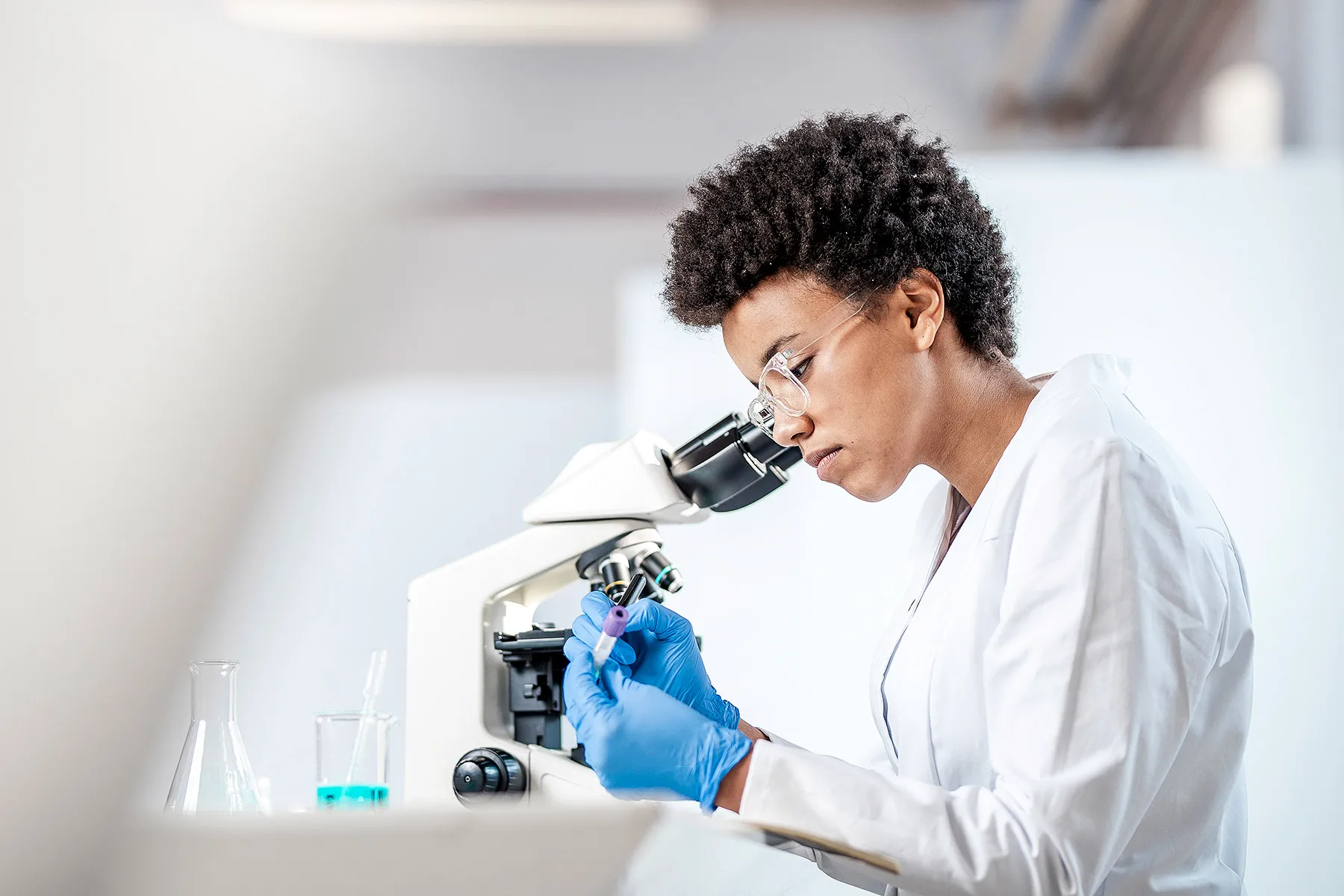In an era where artificial intelligence is transforming every facet of our digital lives, the realm of image generation stands out as a particularly intriguing development. AI-generated images have evolved from crude, abstract creations into highly sophisticated visuals capable of anything from hyper-realistic portraits to fantastically surreal landscapes. Among the tools pushing the boundaries of what's possible is Google's suite of AI technologies. If you're curious about how to harness Google's power to generate AI images—no matter how eccentric or unconventional they might be—here’s a comprehensive guide to get you started.
Understanding Google’s AI Image Generation Tools
Google has been at the forefront of AI research and development for years, and its foray into image generation is a testament to this commitment. Tools like Google DeepDream, BigGAN, and more recently, Imagen, showcase Google's capabilities in creating both realistic and abstract images. Each of these tools operates on different principles and algorithms, but they all share a common goal: to produce visually compelling content based on various inputs and parameters.
Google DeepDream: Initially developed as a tool to visualize and understand neural networks, DeepDream became famous for its ability to create psychedelic, dream-like images. By enhancing patterns and features that the network finds, it generates images with intricate and often surreal designs. For those interested in creating AI-generated images that are bizarre and fantastical, DeepDream is an excellent starting point.
BigGAN: This model focuses on generating high-quality, high-resolution images. BigGAN leverages Generative Adversarial Networks (GANs) to produce images with rich textures and detailed visuals. While it excels in creating realistic images, it can also be tuned to produce more abstract or artistic results by manipulating its parameters.
Imagen: A more recent addition to Google’s AI toolkit, Imagen is designed to generate images from textual descriptions. This means you can input a description of an image, no matter how outlandish or strange, and Imagen will create a visual representation based on that text. This tool is particularly useful for those who want to see how AI interprets unusual or imaginative ideas.
How to Use Google’s AI Tools to Generate Images
Generating images using Google's AI tools involves several steps, from choosing the right tool to inputting your ideas effectively. Here’s a step-by-step guide to help you through the process.
Accessing the Tools: Depending on the tool you choose, access methods might vary. For instance, DeepDream can be accessed through various online platforms and applications that offer its functionality. BigGAN might require you to use Google Colab notebooks or similar platforms where the model is implemented. Imagen, being more advanced, might be accessible through Google Cloud or specialized APIs.
Setting Parameters: Each tool has its own set of parameters that influence the output. With DeepDream, you can control the layers and settings that determine how the image is modified. For BigGAN, you can adjust parameters like the class of objects to be generated, as well as other settings to influence the style and content of the images. Imagen requires textual descriptions, so crafting clear and imaginative descriptions is key to getting the desired results.
Generating the Image: Once you’ve set up the parameters or provided a description, initiate the image generation process. This may involve running a script, submitting a request through an API, or interacting with an online interface. Depending on the complexity and resolution of the image, this process might take a few seconds to several minutes.
Refining and Iterating: AI-generated images might not always come out perfect on the first try. Be prepared to refine your inputs and settings to get the image that best matches your vision. This might involve tweaking parameters, adjusting the textual description, or running multiple iterations to explore different outcomes.
Dealing with Super Weird Images
One of the fascinating aspects of AI-generated images is their unpredictability. Especially when using tools like DeepDream or when pushing the boundaries of BigGAN and Imagen, the results can be delightfully strange and unexpected. Here’s how to embrace and work with these unconventional images:
Embrace the Unusual: AI often generates images that are beyond the scope of traditional art and design. Instead of seeing these results as mistakes, consider them as opportunities for creative exploration. The unusual patterns and forms might inspire new ideas or provide unique content for various projects.
Adjust Parameters: If the images are too weird for your taste, you can try adjusting the parameters or inputs. For instance, with DeepDream, altering the layer settings or the amount of enhancement can result in less surreal outputs. With tools like BigGAN, experimenting with different classes or settings can help you find a balance between realism and creativity.
Post-Processing: Sometimes, the raw AI-generated image might require some post-processing to make it more suitable for your needs. Use image editing software to adjust colors, add elements, or refine details. This step can help in integrating AI-generated images into your projects more seamlessly.
Document and Share: AI-generated images, regardless of their strangeness, can be fascinating to others. Document your process and share your creations on platforms like social media or art forums. You might find that your unconventional images resonate with a wider audience, sparking conversations and inspiring others.
Ethical Considerations and Creative Uses
When generating AI images, especially those that are unusual or provocative, it’s essential to consider ethical implications. Ensure that your use of AI-generated content adheres to copyright laws, respects privacy, and avoids reinforcing harmful stereotypes. Additionally, consider the potential impact of your images on various audiences and contexts.
AI-generated images can be used creatively in numerous ways:
Artistic Projects: Use AI-generated images as a basis for art projects or exhibitions. Their unique and unexpected qualities can add a new dimension to artistic expression.
Marketing and Branding: Incorporate AI images into marketing materials or branding efforts. Their novelty can capture attention and differentiate your brand.
Content Creation: Use AI-generated images in blog posts, social media, or other content formats to engage audiences with visually striking and unique visuals.
Inspiration for Design: Use these images as inspiration for design work, helping to brainstorm new ideas or explore innovative design concepts.
Google’s AI tools offer a powerful way to generate images that range from stunningly realistic to delightfully bizarre. By understanding how these tools work and how to effectively use them, you can create images that push the boundaries of conventional art and design. Whether you're interested in exploring the surreal possibilities of DeepDream, the high-resolution capabilities of BigGAN, or the text-to-image creativity of Imagen, the key is to experiment and embrace the unexpected outcomes. AI-generated images provide a new canvas for creativity and expression, inviting you to explore the intersection of technology and imagination.
FAQs: How to Ask Google to Make AI-Generated Images (Even If They’re Super Weird)
What are Google’s AI image generation tools?
- Google offers several AI image generation tools, including DeepDream, BigGAN, and Imagen. DeepDream creates psychedelic and surreal images, BigGAN generates high-resolution, realistic images, and Imagen produces images based on textual descriptions.
How do I access Google’s AI image generation tools?
- Access methods vary by tool. DeepDream can be accessed through online platforms or applications. BigGAN often requires using Google Colab notebooks or similar platforms. Imagen might be available through Google Cloud or specialized APIs.
What parameters should I set for generating images with these tools?
- Parameters depend on the tool. For DeepDream, you can adjust layers and enhancement settings. BigGAN allows you to modify parameters such as object classes and style settings. Imagen requires you to provide textual descriptions that the AI will interpret to generate images.
How can I make my AI-generated images less weird?
- To make images less strange, you can adjust the parameters or inputs. For DeepDream, changing layer settings or enhancement levels can reduce surrealism. With BigGAN, experimenting with different classes or settings can help. For Imagen, refining your textual descriptions may yield more expected results.
What should I do if the AI-generated images are too unusual for my needs?
- If the images are too unusual, consider post-processing them using image editing software to adjust colors, add elements, or refine details. Additionally, you might need to tweak the parameters or descriptions and run multiple iterations to achieve your desired outcome.
Are there any ethical considerations when using AI-generated images?
- Yes, ethical considerations include ensuring compliance with copyright laws, respecting privacy, and avoiding reinforcement of harmful stereotypes. It’s also important to consider the potential impact of the images on various audiences and contexts.
How can AI-generated images be used creatively?
- AI-generated images can be used in various creative ways, including in artistic projects, marketing and branding efforts, content creation for blogs or social media, and as inspiration for design work.
Can I share AI-generated images on social media or other platforms?
- Absolutely! Sharing AI-generated images on social media or art forums can spark interest and inspire others. Documenting and sharing your process can also engage audiences and start conversations about the intersection of technology and creativity.
What should I do if I want to explore more AI image generation tools?
- Besides Google's tools, you can explore other AI image generation platforms and tools, such as OpenAI's DALL-E, Stable Diffusion, and Artbreeder. Each tool has its unique features and capabilities, offering a wide range of possibilities for generating and experimenting with images.
How long does it take to generate an AI image?
- The time required to generate an AI image can vary based on the complexity of the image, the tool being used, and the resolution. Simple images may take a few seconds, while more complex or high-resolution images might take several minutes.
Get in Touch
Website – https://www.webinfomatrix.com
Mobile - +91 9212306116
Whatsapp – https://call.whatsapp.com/voice/9rqVJyqSNMhpdFkKPZGYKj
Skype – shalabh.mishra
Telegram – shalabhmishra
Email - info@webinfomatrix.com
.png)







 English (US) ·
English (US) ·